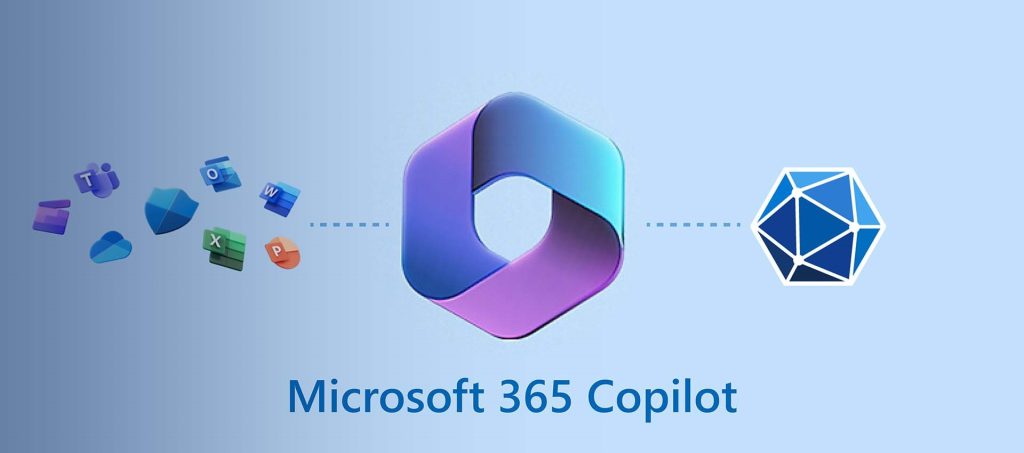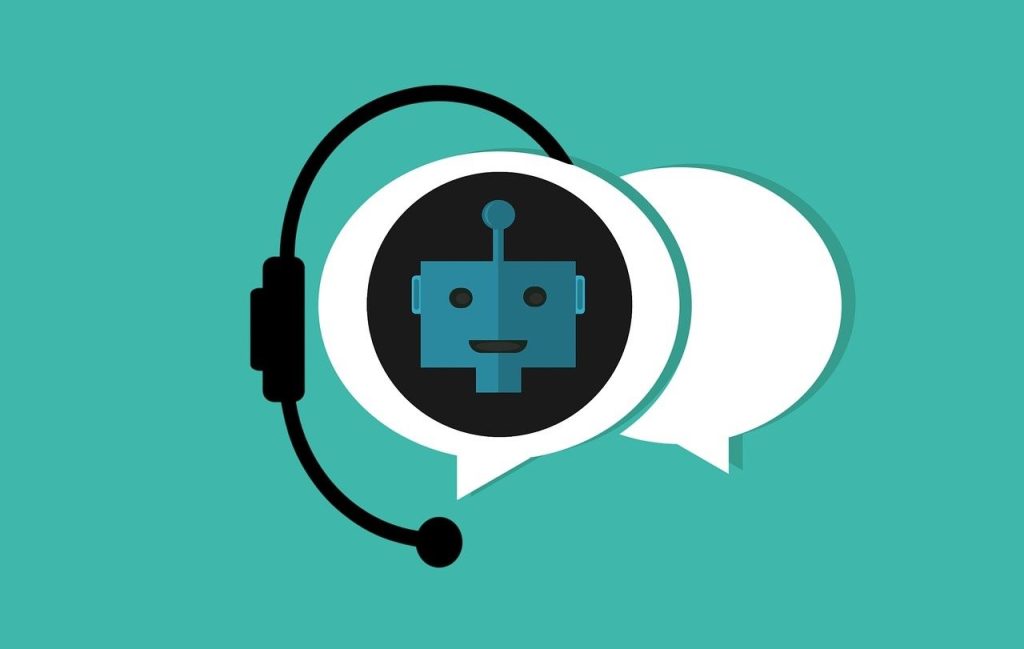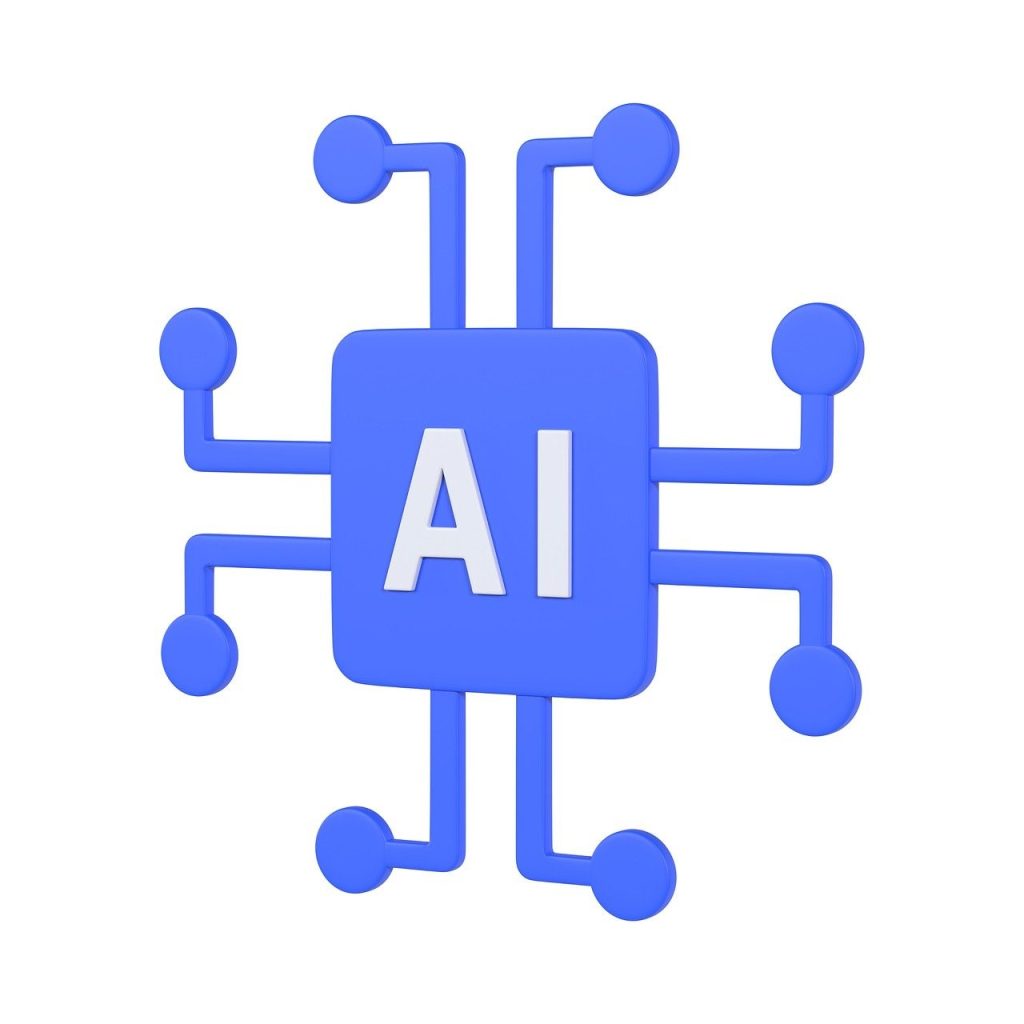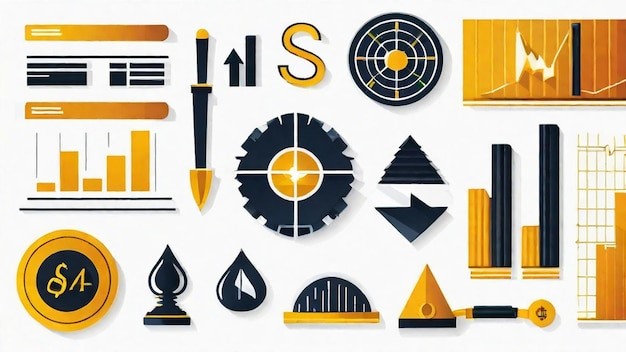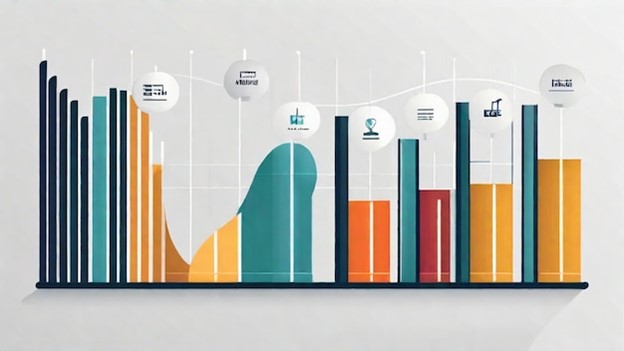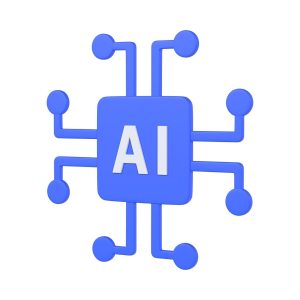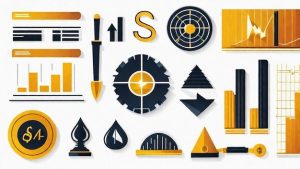The combination of artificial intelligence (AI) with various sectors of the economy has recently been a hot topic of conversation. Particularly, the utilization of AI in the fields of education and commerce is experiencing an unprecedented growth. From customizing individual learning pathways to streamlining business operations, AI is revolutionizing the way we learn and work. This technology isn’t just amplifying productivity in these spheres, but it’s also paving the way for innovative solutions that were unthinkable just a short time ago.
The implementation of AI in education and business is no longer a mere futuristic idea. It’s a present reality that is already yielding impressive results. In the following sections, we will delve into the importance of AI-driven efficiency, its essential function in education and business, and the top three ChatGPT detection tools that everyone should be aware of.
Understanding AI-Driven Efficiency
Understanding the impact of AI in the realms of education and business necessitates a deep comprehension of the concept of AI-driven efficiency. This idea entails the use of artificial intelligence to enhance procedures, boost productivity, and reduce costs. This is achieved through measures such as task automation, utilization of predictive analytics, and personalization, among other strategies.
Consider, for example, the impact of AI on customer service. Customer inquiries can be managed 24/7 by chatbots, virtual assistants driven by AI, without the need for human involvement. They have the capacity to respond to commonly asked questions, assist customers in various procedures, and even conduct simple troubleshooting. This not only enhances the quality of customer service but also allows human representatives to focus on dealing with more intricate tasks.
Similarly, in the realm of education, AI holds the promise of tailoring educational experiences to meet the unique needs of each learner. For example, AI-driven learning platforms have the ability to assess a student’s strengths and weaknesses and adjust the material to match their
Top 3 ChatGPT Detector Tools in the Market
ChatGPT detection utilities, driven by AI, are designed to engage and interact with users in a manner closely resembling human interaction. They’re gaining traction in educational and corporate domains alike for their potential to boost productivity and enrich user experiences. Here are the three leading ChatGPT detection utilities currently available in the market:
- OpenAI’s ChatGPT: This is one of the most advanced chatbots in the market. It uses a language model trained on a large dataset to generate human-like text. It can handle a wide range of tasks, from answering questions to writing essays.
- Microsoft’s Zo: This is an AI-powered social chatbot that can engage users in free-form conversations. It can be integrated with various platforms, including Facebook Messenger, Skype, and Kik.
- Google’s Meena: This is an end-to-end, neural conversational model developed by Google. It can engage in open-ended conversations on any topic, making it ideal for customer service and social media engagement.
How to integrate ChatGPT Detector Tools in Education and Business
Incorporating ChatGPT detection instruments into educational and business settings necessitates a number of procedures. First and foremost, it’s critical to pinpoint your requirements. Are you in search of a solution to manage customer queries? Alternatively, are you seeking a tool to assist students in grasping intricate ideas? The kind of tool you require will be dictated by your specific needs.
Once you’ve identified your needs, you can select a suitable ChatGPT detector tool. Consider factors such as the tool’s capabilities, its compatibility with your existing systems, and its cost.
it’s crucial to educate it with pertinent data. This generally entails providing the tool with data that corresponds to your activities. For instance, if your field is education, you may have to supply the tool with data related to the curriculum.
After the instrument has been properly trained, it can be incorporated into your workflows. This could mean syncing the instrument with your current systems, like your client service platform or educational management system. Regular maintenance and observation of the instrument are also crucial to guarantee its peak performance.
Conclusion: The future of AI in education and business
The prospects of AI in the realms of education and business are quite optimistic. Technological progress signifies the likelihood of novel solutions that will boost productivity in these industries. AI extends beyond mere automation – it is about amplifying human abilities and making us more proficient in our tasks. The integration of AI in education and business is a journey, not a destination. It requires continuous learning and adaptation to reap the full benefits of this technology. But with the right approach and tools, such as ChatGPT detector tools, we can harness the power of AI to transform education and business.


